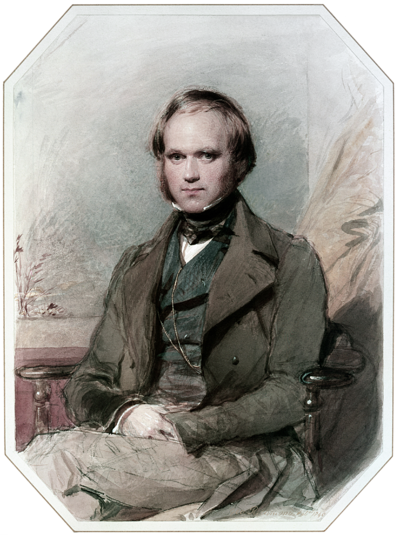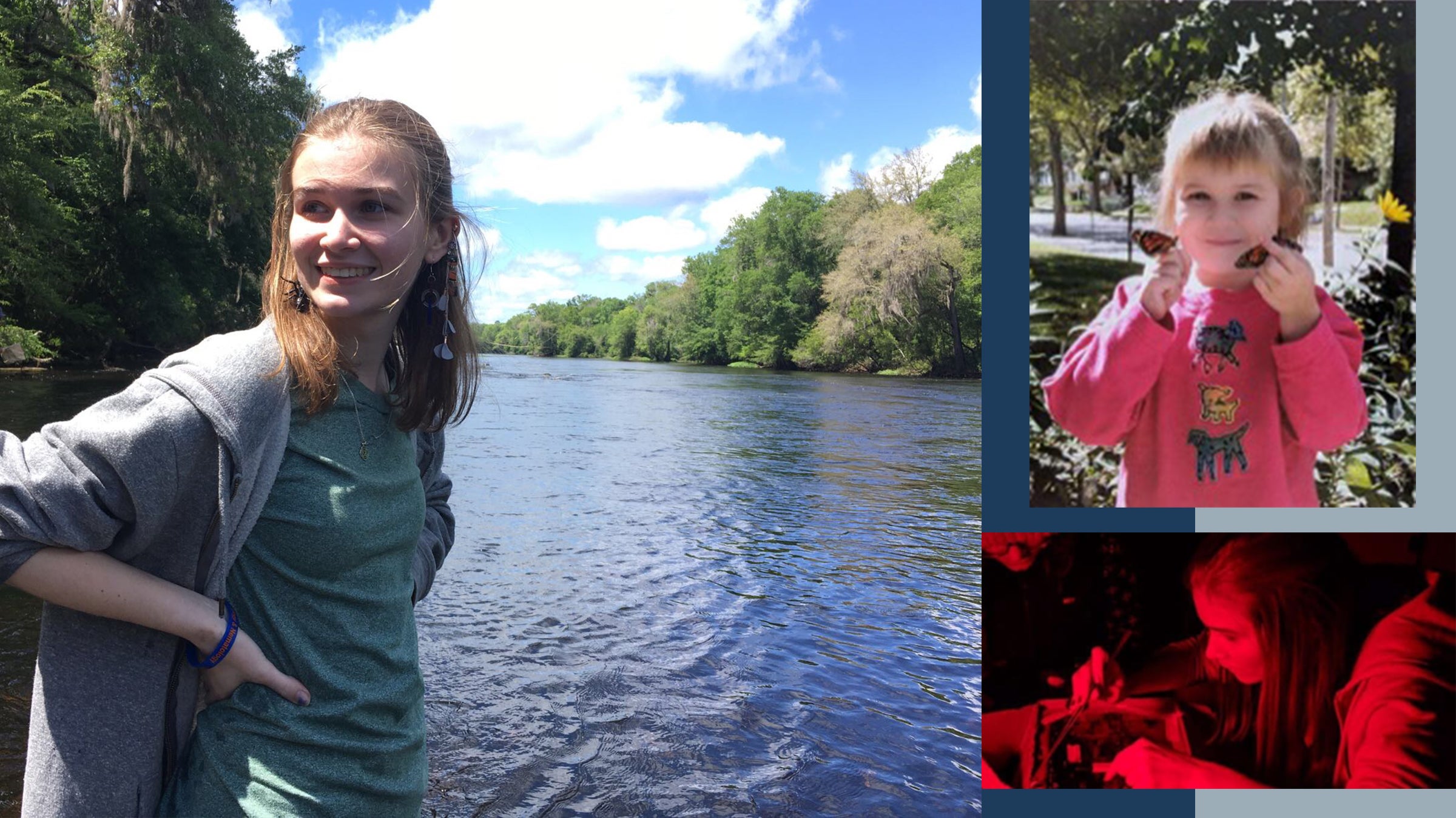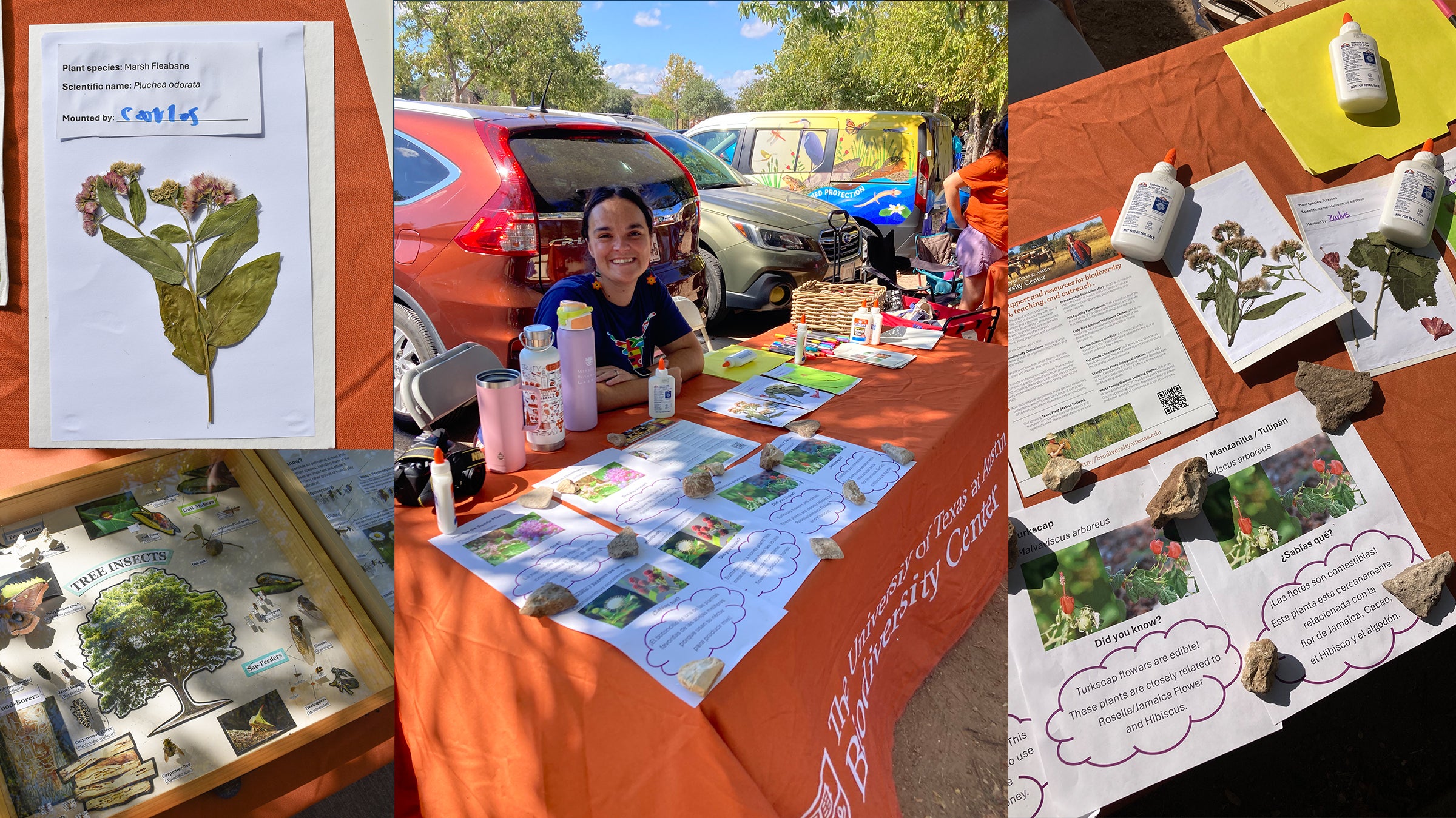
1798 map of colony (from: Demerara & Essequibo)
Great scientists don’t become great on their own. They have sources of support and inspiration from people who are often overlooked and uncredited for their contributions.
One such individual almost lost to history is John Edmonstone, a freed slave who many historians feel was hugely influential on biologist, geologist, and naturalist Charles Darwin. Luckily, there has been a revived interest in the uncredited scientific contributions from people historically on the margins of research and academia, and John Edmonstone has become a focus.
Not surprisingly, Edmonstone’s historical record is incomplete, dates are listed differently, and a lot of what is known about him is from Darwin’s memoir. Edmonstone was born into slavery in Demerara, in what was then British Guiana (now Guyana), in the late 1700s. Charles Edmonstone, a politician, owned the plantation on which John Edmonstone lived. Charles Edmonstone’s son-in-law was Charles Waterton, a British naturalist who had John accompany him into the surrounding rainforests to collect bird specimens as this was a difficult task to handle alone. Trekking through the rainforest provided its own challenges, but the birds also had to be preserved quickly to avoid rotting in the heat and humidity of the region. For the birds they collected, Waterton taught Edmonstone a distinct preservation strategy: soak specimens in a sublimate of mercury and hollow them out so they would appear more life-like. It was during these expeditions that Edmonstone gained knowledge of South America’s diverse flora and fauna.

Young Darwin. Painting by George Richmond.
The Slave Trade Act of 1807 made the purchase or ownership of slaves illegal within the British Empire. This same year, Edmonstone would travel to Glasgow with his master and gain his freedom here. Some accounts list 1817 as the year he gained his freedom. Either way, Edmonstone was a free man and would move to Edinburgh where he would take up residence at 37 Lothian Street, just a short distance from the University of Edinburgh. He would work at the university, teaching students taxidermy skills, and also worked at a local museum where he stuffed specimens. It was at the university where he would cross paths with Darwin.
In 1825 at the age of 17, Darwin went to Edinburgh to follow in his father’s and grandfather’s paths and study medicine. However, Darwin found medicine boring and surgery terrifying. Keep in mind this was a time when surgeries were performed without anesthesia. Darwin was much more interested in the natural world and he found a willing teacher in Edmonstone.
To supplement his courses during that first winter at university, Darwin hired Edmonstone to teach him bird taxidermy for one hour daily, for a total of forty lessons. Payment was one guinea a week. Although the guinea had been replaced by the pound in 1816, “guinea” was still used in name only. One guinea or pound in 1825 converts roughly to $160 US dollars today.
In his memoir, Darwin called Edmonstone “an intimate,” and recalled their hours of conversation about Edmonstone’s homeland in Guyana, the lush tropical forest and the animals and plants that lived in it. One can imagine how this fired up Darwin’s imagination, to hear about a place so different than Edinburgh.
Darwin would continue to resist his father’s attempt to push him into studying medicine and followed his inclination to study natural history, with a deep interest in the tropics. In 1831 at the age of 22, he would secure a place on the HMS Beagle on their voyage to chart the South American coastline. Darwin’s role was a “naturalist,” with the focus of investigating the geology as well as making natural history collections, undoubtedly utilizing many of the skills Edmonstone taught him when collecting finches from the Galapagos Islands.
In 2009, a small plaque was mounted on Lothian Street, close to Edmonstone’s home. The plaque commemorates Edmonstone's years of mentorship and teaching. It’s a small but not insignificant gesture to acknowledging Edmonstone’s influence as historians continue to make efforts to learn more about this man's life.



